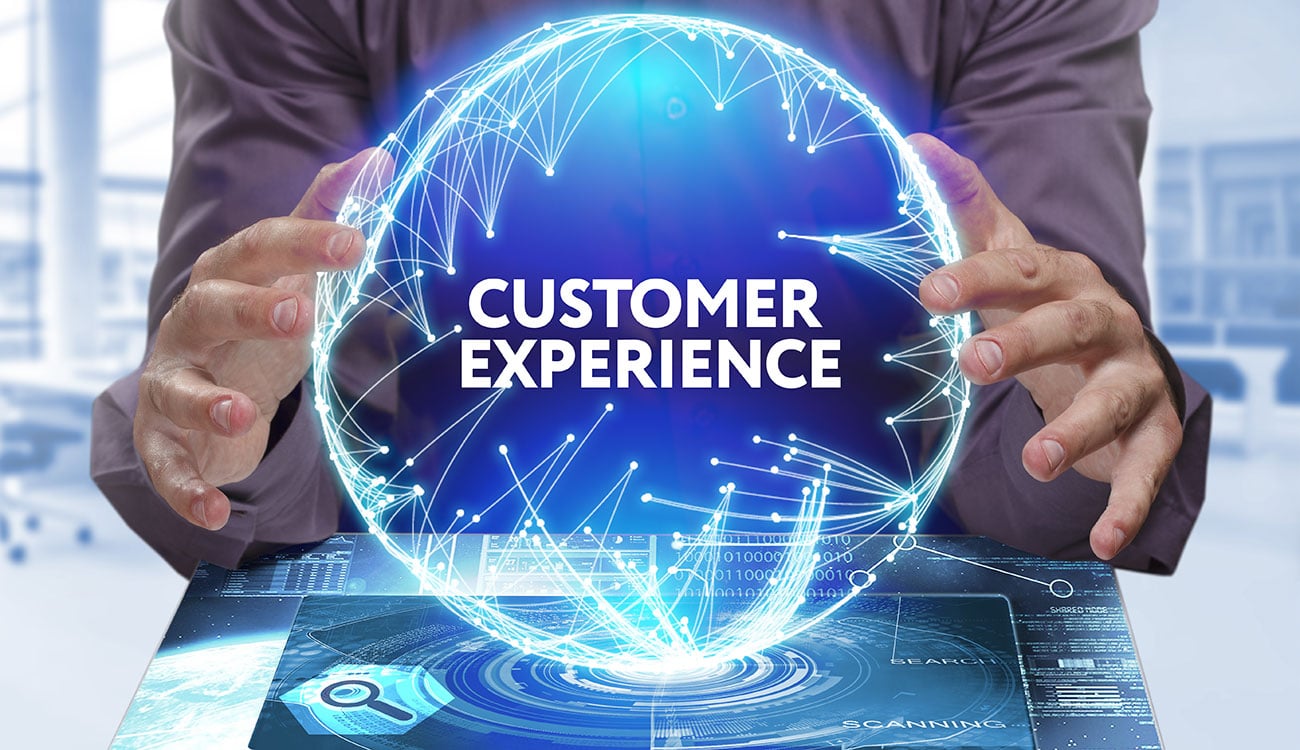Customer service and customer experience are both important aspects of any organisation, but these two terms are often used interchangeably with some confusion about the important key differences that exist. This can diminish the effectiveness of specific processes and activities within an organisation.
We explore what both these phrases mean and how you can differentiate your internal strategies so that improvement is more targeted and sustainable.
What Does Customer Experience Entail?
Every customer will have their own journey when it comes to getting to know your brand and procuring your products or services. It involves stages like discovering your brand online, through paid or organic ads, as well as interactions with your sales teams and customer support teams (after a product has been purchased).
All these touchpoints and more are part of the customer experience (CX) which coverss the entire journey a customer takes with your business. Strategies and initiatives aimed at improving the customer experience must therefore be holistic and integrated, working across several different channels and functioning irrespective of any individual’s actions.
A company can have many different interaction points and the smartest organisations take into account all these different avenues when planning their approach. Social media, in-store conversations, visual branding, marketing, follow-up emails and more are each smaller parts of the wider customer experience.
If you have an incredibly powerful and enticing paid ad campaign on Google that directs traffic to a highly conversion-optimized landing page, only to lose the customer at the checkout process due to a clunky payments interface, you is an example of a poor overall customer experience despite their being certain strengths in the sales funnel.
Similarly, if a customer goes to return something to you due to a fault or error, and your outsourced customer support team is unhelpful, this diminishes the customer experience. Each step of the journey contributes to the overall customer experience and it doesn’t simply end when a product is sold. The best customer experience is consistent, irrespective of time, geography or channel.
What Does Customer Service Entail?
Customer service refers to the specific function of your employees to directly help and advise your customers, whether they’re existing or prospective. It could involve a sales representative answering an inquiry from an interested customer, either on the phone or in one of your shops.
Activities that fall into this category are typically isolated events, customer-facing and involve a high level of communication. While there might be an element of sales and marketing thrown in, the primary purpose of customer services isn’t to promote your products to cold leads.
Instead, it is mostly concerned with informing, managing relationships, offering recommendations, providing additional value and most importantly, sending customers away with a positive feeling about your brand from hopefully having had a pleasant and rewarding interaction with one of your team.
Interestingly, customer service is now integrated with more advanced technologies such as AI chatbots who can assist with various customer interactions. Nevertheless, the function and goals are still the same as if they were performed by your employees.
Important Principles of Customer Experience Strategies
1. Holistic vs. Specific – Customer experience encompasses the entire customer journey, from discovery and awareness of a business, through to initial purchase and post-purchase care. It involves several touchpoints and requires the involvement of multiple departments working to the same overall brand strategy.
2. Reactive vs. Proactive – Good customer experience strategy training for your employees should focus on anticipating the needs of the customer rather than just reacting to their demands. Through diligent customer journey mapping, businesses can build robust and sophisticated plans to improve the customer experience.
3. Ongoing Relationship vs. Isolated Events – While customer service refers to specific events or interactions, customer experience should be viewed as an ongoing relationship with your customers. It doesn’t stop when the call is over or when an inquiry has been answered.
Build a Better Customer Experience
Customer service is just one part of a holistic customer experience. Getting both these things right is a crucial differentiator for businesses today and needed if organisations want to maintain a strong brand integrity and healthy multi-channel performance.
If you’re looking to learn more about this subject, or understand how your team can benefit from customer experience strategy training, please get in touch.

